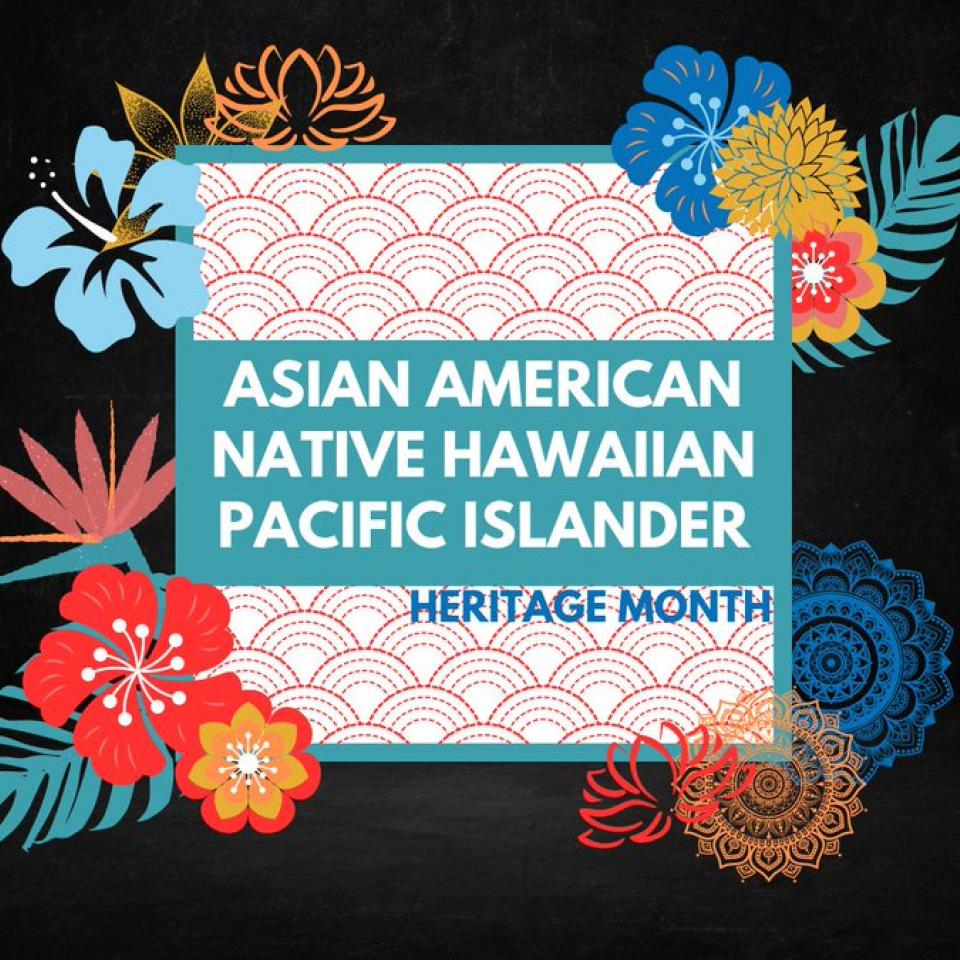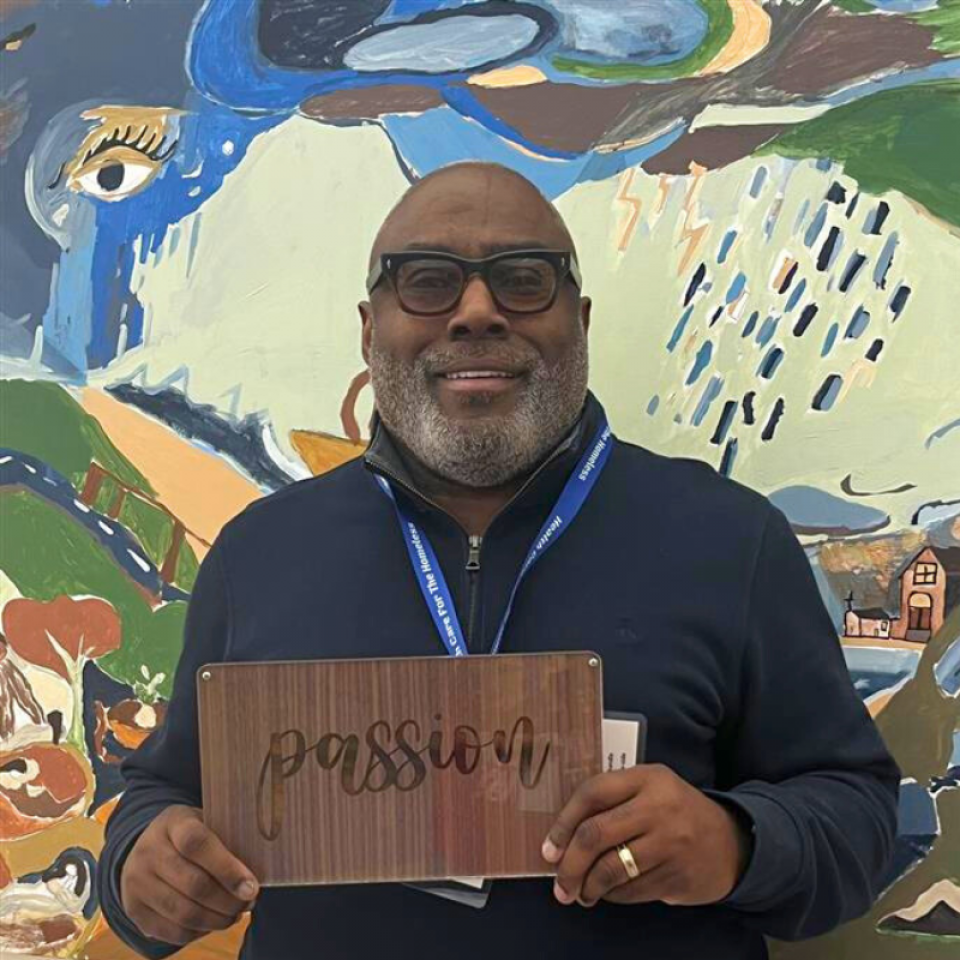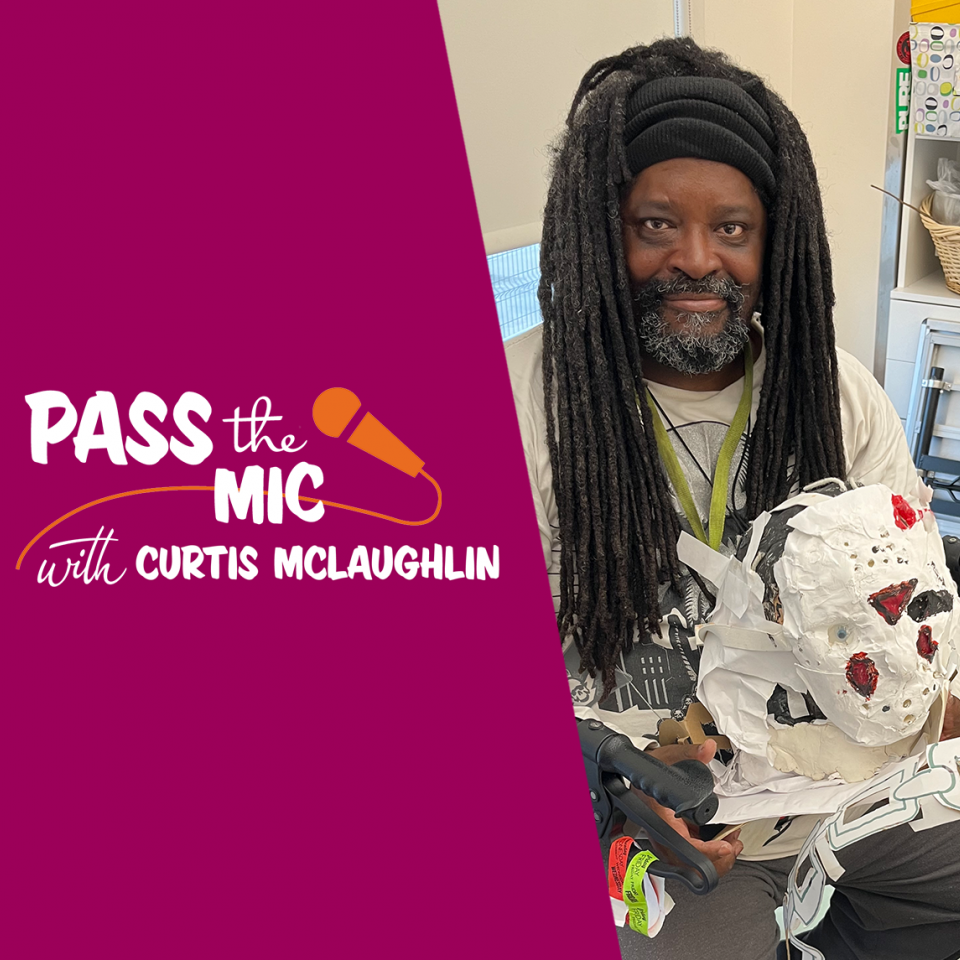May is Asian American, Pacific Islander, and Native Hawaiian Heritage Month, a time to celebrate and honor the diverse cultures, histories, and contributions of these communities.

04.26.21
"The closest thing to a vegetable was a pickled onion,” says Board Member Randi Woods, reflecting back on her childhood trips to the store in Southwest Baltimore. “You see, my elder brother, sister and I were latchkey kids. And while our parents were at work, we would often go to the convenience store and load up on honey buns, Now & Laters and chips.”
While this is a fond childhood memory, Randi explains, it is also a reality grocery list for many city residents today.
“It’s indicative of a larger problem in Baltimore,” she says.
People living in predominantly Black and low-income Baltimore neighborhoods face food apartheid.* Their communities are hyper-saturated with cheap, highly processed foods and liquor stores, and they are targets of marketing campaigns for these items. Simply to find healthy food choices, they often must take multiple buses (and hours) to the closest grocery store and bring home only what they can carry, requiring multiple trips each week. It’s no wonder that Black and Latinx/Hispanic communities have the highest rates of hypertension and diabetes, respectively. Coordinator of Community Health and Outreach Lilian Amaya and her team witness the destructive results of food apartheid each day at Health Care for the Homeless.
“We’re seeing more clients who have nowhere else to turn,” Lilian says, acknowledging the COVID safety concerns that have exacerbated existing barriers to food. “Right now, everyone is working really hard to get food on the table so that kids aren’t starving, the elderly aren’t going without food—that’s the reality on the ground.” To address real-time emergency needs, community health workers (CHWs) and outreach workers have forged relationships with food pantries and churches across the city, and they drop off boxes each week to particularly vulnerable clients.
This month, with funding from private donors, we also launched an in-house food pantry at our downtown clinic. Clients who need food today can walk out of their health appointment with one-to-two days’ worth of shelf-stable food—no cooking required.
“I’m grateful we can provide the food,” CHW Briauna Wills adds. “But it’s disheartening, too. Many clients aren’t eligible for government assistance, and we can’t establish an ongoing plan. Those cases affect me the most.” Her fellow CHW, Greg Rogers continues, “Yes, it’s tough when you walk away from dropping off a box of food and then you look in your own fridge and can have anything you want.”
Even as we celebrate these efforts to meet immediate needs, we grapple with how to address the embedded structures that leave Black, brown and low-income clients with limited choices about the food they put in their bodies.
“A right to food goes beyond having food,” Eric Jackson of Black Yield Institute explained during our Community of Practice on Homelessness on the intersection of food and race. “It’s about how our communities can build and provide for ourselves and others.”
*Food Apartheid definition drawn from Dara Cooper, Executive Director of National Black Food and Justice Alliance
Get involved to help end food apartheid in the Baltimore area.
- Join Community of Practice on Homelessness:
- Support Black Yield Institute
- Watch local documentary, Deserted
More Recent News
Gregory Rogers is a Senior Community Health Worker (CHW) with years of experience in addiction counseling. A vital part of a client’s care team, CHWs work with clients to navigate care both in the clinic and out in the community. See how Greg spends his days!
An artist, gamer, and movie lover, Curtis McLaughlin has been part of the Health Care for the Homeless Art Group for more than five years. Get to know Curtis in the lasted edition of "Pass the Mic".
Client storytelling is a staple of the nonprofit business model, ever present in advocacy, clinic tours, fundraising—and news articles like the one you are reading right now.


